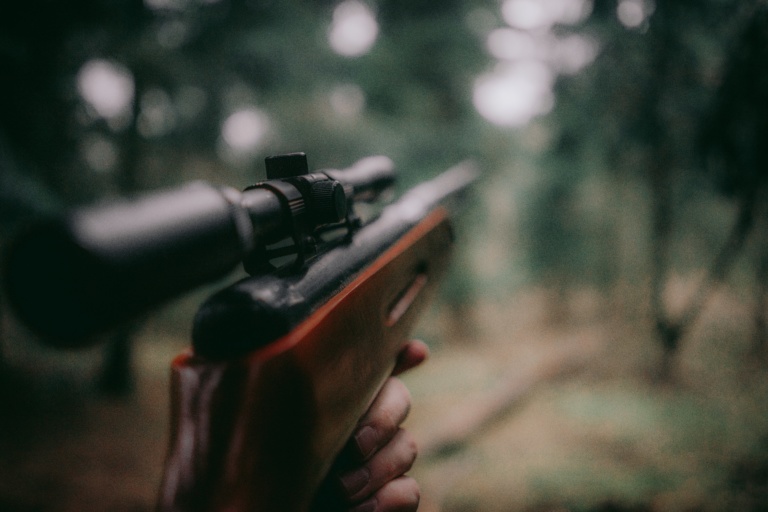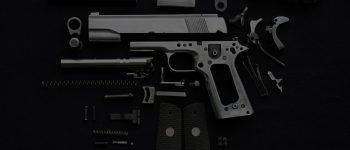
There are two main types of safeties. The most common type is the sliding safety as found on Remington, Ruger, Mossberg and some of the newer model Winchesters. This type of safety blocks the trigger from firing the rifle and can be quite complicated. Therefore, the more parts required to make the safety function, the more prone it is to failure. In my opinion, these safety mechanisms should not be used if the trigger pull is to be reduced below 3 pounds. In order to reduce trigger pull, this type of safety needs to have lighter springs and reduced sear engagement. These trigger safeties are safe, but not the safest, as they don’t block the firing pin itself.
The other safety type is a three position safety that actually blocks the firing pin. This is the type of safety used on the Mauser, Springfield, and early classic Winchesters. This is the most certain and positive safety ever devised. The safety lever is on the bolt shroud and has 3 positions available. It swings laterally (Winchester) and vertically on Springfields and Mausers.
In the firing position, the firing pin is free to move forward when the trigger is pulled.
In the centered position, the bolt is free to move, but the path of the firing pin is interrupted and unable to move forward. In rifles with blind magazines, this position is safe to manually empty the magazine by working the bolt back and forth. If the cartridges are “pumped through” with the safety in the fire position, a negligent discharge is more possible. This is also the position for the safety during disassembly of the bolt.
In the full and final safety position, the bolt is locked in the closed position and the firing pin is immovable.
It is for this reason that double set and single set triggers are safe to install on a rifle with a firing pin block safety, if employed properly. Any mechanical device can fail, so proper handling is paramount, with emphasis on treating every gun as though it was loaded and ready to fire. Once the bullet leave the barrel, there is no calling it back.




